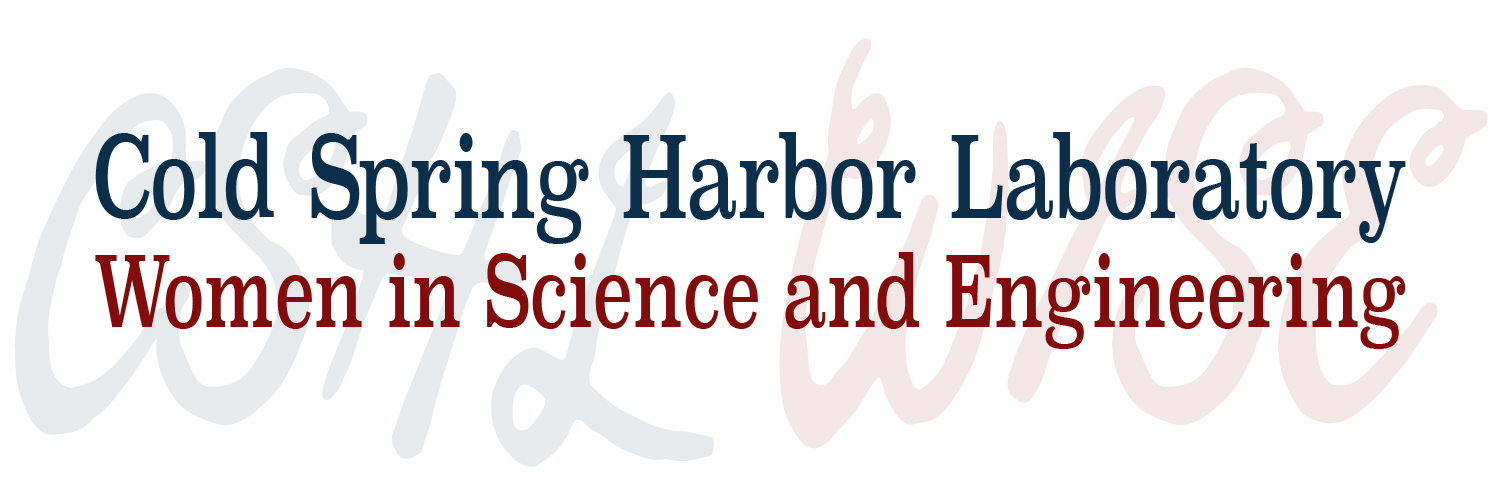 Jane Richardson invented the ribbon representation for protein structures and wins the award for most times honored with a WiSE Wednesday! This is my third time featuring her because she's so incredible and I, once again, had the privilege of learning from her at this year's CSHL crystallography course. (And this year, I got over some of my fears and had conversations with her!)
Jane Richardson invented the ribbon representation for protein structures and wins the award for most times honored with a WiSE Wednesday! This is my third time featuring her because she's so incredible and I, once again, had the privilege of learning from her at this year's CSHL crystallography course. (And this year, I got over some of my fears and had conversations with her!)
Richardson is a true "Renaissance Woman;" born in New Jersey in 1941, her highly productive career has included work in the areas of astronomy, philosophy, biophysics, art, and computational biology (just to name a few). As a biophysicist and structural biologist, she worked with her husband, David Richardson, to solve some of the first protein structures. Jane knew that these structures held key information about how the proteins worked, but the high concentration of atoms in the models made them hard for a specialist, let alone an outsider, to interpret. Therefore, she began drawing representations of these structures that highlighted just the major structural features. These so-called ribbon diagrams not only enabled those outside of the biophysical field to appreciate structural biology, but also allowed researchers to identify structures that were conserved between different proteins. This had major implications for understanding the function and evolution of these molecules.
She made her original diagrams by hand - it was fascinating to hear her discuss the care she took to get the details right, including wrapping mailing tubes in tape to see what helixes look like from different angles. This painstaking work has given her an unbeatable talent for moving seamlessly between 2D and 3D computer graphical representations, a talent she has graciously shared freely with the public (she uploads her work, open license, to WikiMedia Commons -search Dcrjsr) and she is proud to have convinced the RCSB PDB to make their "Molecule of the Month" graphics similarly accessible). As WiSE gears up for its first #WomenInSTEM Wikipedia edit-a-thon, I was ecstatic to hear her encourage the class to contribute to the Wiki world!
 Jane is still an active scientist today in her lab at Duke University, where her many projects include developing software to aid in the solving of molecular structures. One such piece of software, MolProbity, uses knowledge of the biophysical properties of molecules to allow structural biologists to locate and fix problems in their models. This software is increasingly being incorporated into modeling programs and its visual representations of problems like bright pink lines where residues are too close and "clash" are joining her ribbon diagrams as a sort of universal visual language, though as she reminded us "There's no such thing as photorealism for macromolecules - so we're free to seek the best alternative representations."
Jane is still an active scientist today in her lab at Duke University, where her many projects include developing software to aid in the solving of molecular structures. One such piece of software, MolProbity, uses knowledge of the biophysical properties of molecules to allow structural biologists to locate and fix problems in their models. This software is increasingly being incorporated into modeling programs and its visual representations of problems like bright pink lines where residues are too close and "clash" are joining her ribbon diagrams as a sort of universal visual language, though as she reminded us "There's no such thing as photorealism for macromolecules - so we're free to seek the best alternative representations."
While some may debate over the benefits of science versus the humanities, Jane Richardson shows that the two are not mutually exclusive - in fact, they can be quite complementary.
[sharethis-inline-buttons]
